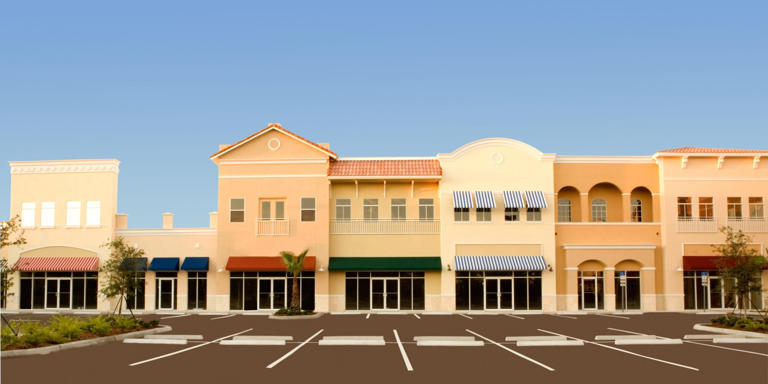The housing shortage in the United States has reached a dire state, with estimates suggesting a deficit of anywhere between 3 million to 6 million housing units. This pressing issue has forced many younger Americans to explore alternative living arrangements, such as doubling up with roommates or delaying their dreams of homeownership altogether. In response to this crisis, policymakers and urban planners are turning their attention to unconventional solutions, including the adaptive reuse of underperforming retail spaces into much-needed residential buildings.
One of the most promising avenues for addressing the housing shortage lies in the transformation of long-struggling retail properties. These include strip malls, shopping centers, and defunct malls, which have faced significant challenges in the wake of changing consumer preferences and the rise of e-commerce. These once-thriving retail spaces now sit vacant or underutilized, presenting an opportunity to repurpose them to meet the urgent demand for housing.
A report from Enterprise Community Partners sheds light on the potential of retail-to-housing conversions. By converting just 10% of these underperforming retail sites, it is estimated that approximately 700,000 new housing units could be created nationwide. While this figure represents only a fraction of the overall housing shortage, it could make a substantial difference, particularly in communities grappling with housing affordability issues.
One of the key advantages of repurposing retail spaces for housing lies in their ubiquity. Across the country, there are approximately 116,000 shopping centers, ranging from large malls to smaller strip malls and downtown shopping centers. This abundance of retail real estate provides ample opportunities for redevelopment into residential properties, offering a solution that is both scalable and adaptable to diverse urban environments.
Furthermore, retail locations often come equipped with existing infrastructure, including parking facilities and access to public transportation. This pre-existing infrastructure can significantly reduce the time and cost associated with new construction projects, making retail-to-housing conversions an attractive proposition for developers and investors.
Additionally, the economic downturn and the shift towards online shopping have led to a wave of retail closures, further increasing the availability of retail space for conversion. By breathing new life into these vacant or underutilized properties, communities can revitalize struggling commercial areas while simultaneously addressing their housing needs.
Despite the potential benefits, converting retail spaces into housing presents its own set of challenges. Adapting retail properties to meet residential standards may require upgrades to lighting, utilities, and other infrastructure. Regulatory hurdles, zoning restrictions, and community opposition can also pose significant barriers to redevelopment projects.
Nevertheless, the momentum behind retail-to-housing conversions continues to grow, fueled by a shared recognition of the urgent need for innovative solutions to the housing crisis. By harnessing the potential of underperforming retail spaces, we can unlock new opportunities for sustainable urban development, revitalizing communities and providing much-needed housing for future generations.
